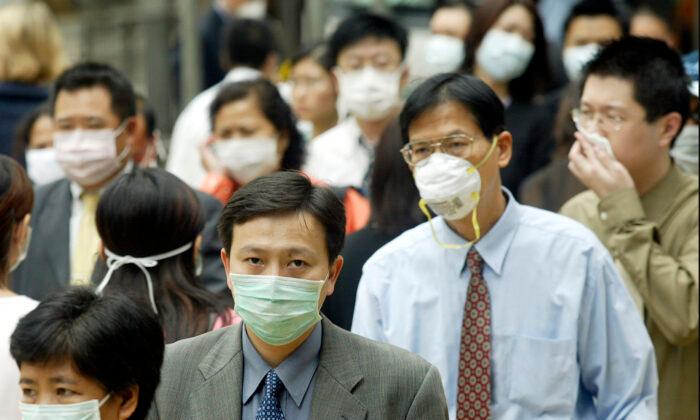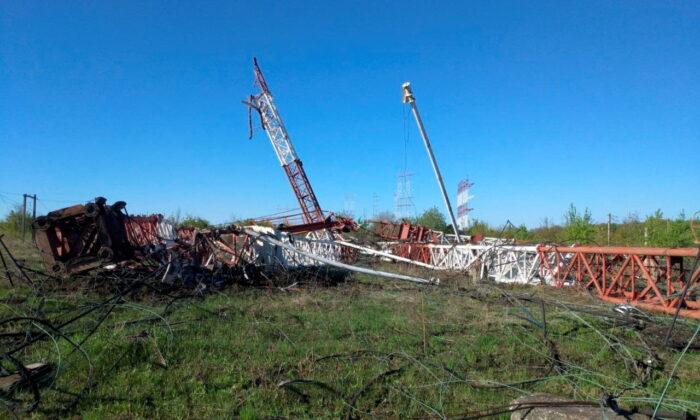A man from Brisbane who recently returned from central China with flu-like symptoms has been placed in isolation as health authorities check whether he has contracted a new strain of coronavirus.
The man, who traveled to Wuhan on a family holiday, will undergo further tests for the virus as he recovers at home, Queensland Chief Health Officer Jeannette Young said.
Wuhan is believed to be the epicenter of the coronavirus. The World Health Organization began responding to cases in the region on Dec. 31.
Young said authorities were waiting for a “primer” from the WHO, which would allow them to confirm it was coronavirus.
The man returned from the city in Hubei Province with respiratory problems, a Queensland Health spokesman said in a statement.
“Because the man traveled to Wuhan, coronavirus is one of the conditions he is being tested for,” he explained. “The man will remain in isolation until his symptoms have resolved.”
The spokesman and Young urged anyone who had returned from China with respiratory symptoms to visit their GP immediately.
Health authorities are hoping to confirm whether the man has been infected with coronavirus within days, the Courier-Mail reported. If test results show he has contracted the virus, the man will become the first known Australian to have been infected.
Australia has raised its travel advice for Wuhan to level two, telling people to “exercise a high degree of caution.”
Australia’s Chief Medical Officer Brendan Murphy assured that the risk to the nation’s public is low.
“Although, we do need to keep precautionary and active surveillance of the situation,” Murphy told reporters in Canberra on Jan. 21.
However, as part of precautionary measures, Murphy said direct flights arriving in Sydney from Wuhan would be screened by biosecurity starting Jan. 23. There are three direct flights a week from Wuhan into Sydney.
Information will be displayed across all other points of entry into Australia to warn people who develop symptoms to seek urgent medical attention.
“If anyone has a fever or suspect they might have this disease, and if they are suspected of having this condition, New South Wales Health will follow up as per our normal border security and biosecurity protocols.
“And obviously we’ll be doing some specific communications in the Chinese media to target the Chinese-speaking population, who are clearly of significant interest to us.”
China on Jan. 20 admitted that the disease could be transmitted from human to human—raising concerns that the illness has already spread widely across the country.
Meanwhile, a third country outside of China, South Korea, has confirmed a case of infection.
As the Lunar New Year holiday approaches—it falls on Jan. 25 this year—millions of Chinese are expected to return to their hometowns for festivities and travel abroad for vacation. Official data shows that roughly 3 billion trips take place every year during the new year period.
Zeng Guang, the chief epidemiology expert at China’s Center for Disease Control and Prevention, warned Chinese not to travel to Wuhan, and for Wuhan residents to avoid leaving the city.
“The Lunar New Year is a key factor in the movement of people ... This is our expert suggestion,” he said at a press conference in Beijing on Jan. 20.
Coronaviruses are a family of viruses that cause diseases ranging from the common cold to SARS, or severe acute respiratory syndrome.
The most common symptom of the virus is a high fever. However, other symptoms include breathlessness, a sore throat, and a cough. Severe cases of infection can cause pneumonia, severe acute respiratory syndrome, kidney failure, and even death, according to the WHO.
As the virus has an incubation period of seven days, symptoms may not immediately be noticeable.
Chinese authorities have linked the outbreak to a fresh food market in Wuhan where wild animals and seafood were sold.





